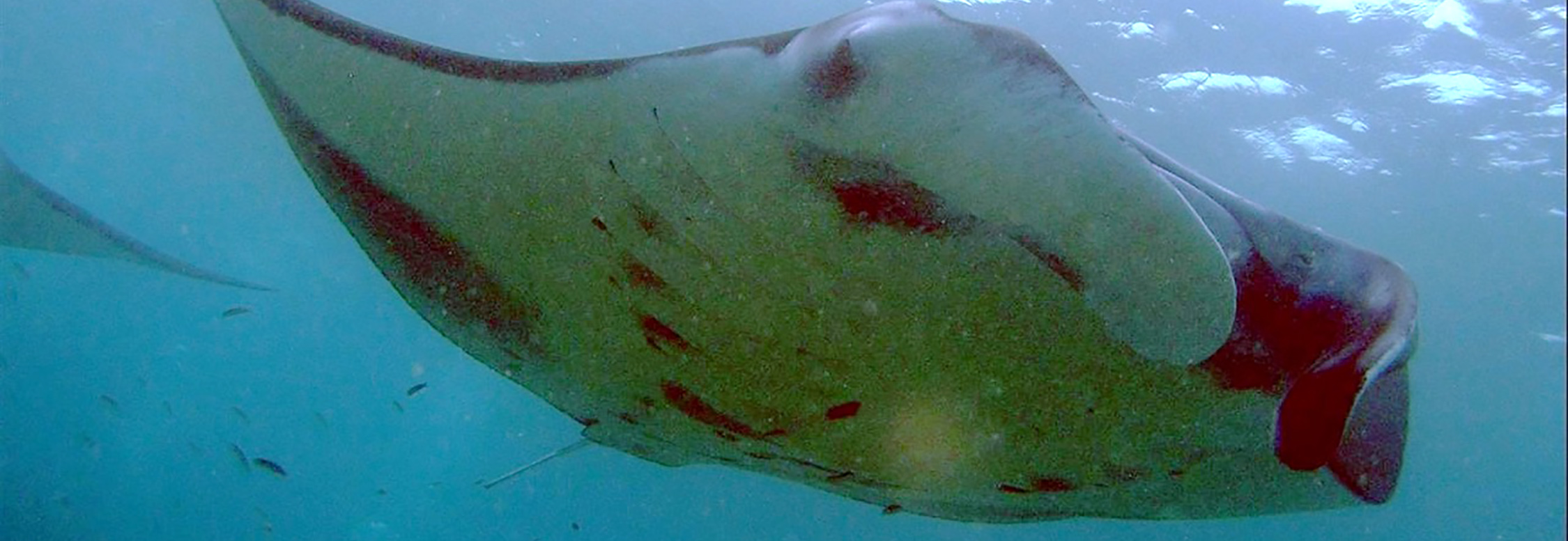
Vermont for Wildlife

RAYS
Over the last decade, populations of manta and other rays are being threatened by the trade in their gill plates—which are made out of cartilage and used to filter plankton from seawater—as a modern-day cure-all.
Historically, manta and devil rays have not been considered good to eat—so escaped large-scale commercial fishing. Even so, populations dropped as they were caught by fishermen who targeted tuna, swordfish and other species.
More recently, however, new markets have opened up, and rays are now sought after for their gill plates, which are used in Asian medicine.
RAYS LINKS:
China Weighs Ban on Manta Ray Gills, Sold in Traditional Market as Modern Panacea
https://www.nytimes.com/2016/01/07/world/asia/china-manta-ray-conservation.html
Manta Rays Endangered by Sudden Demand from Chinese Medicine